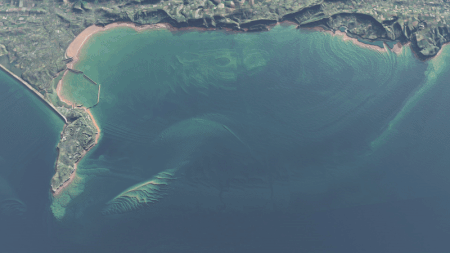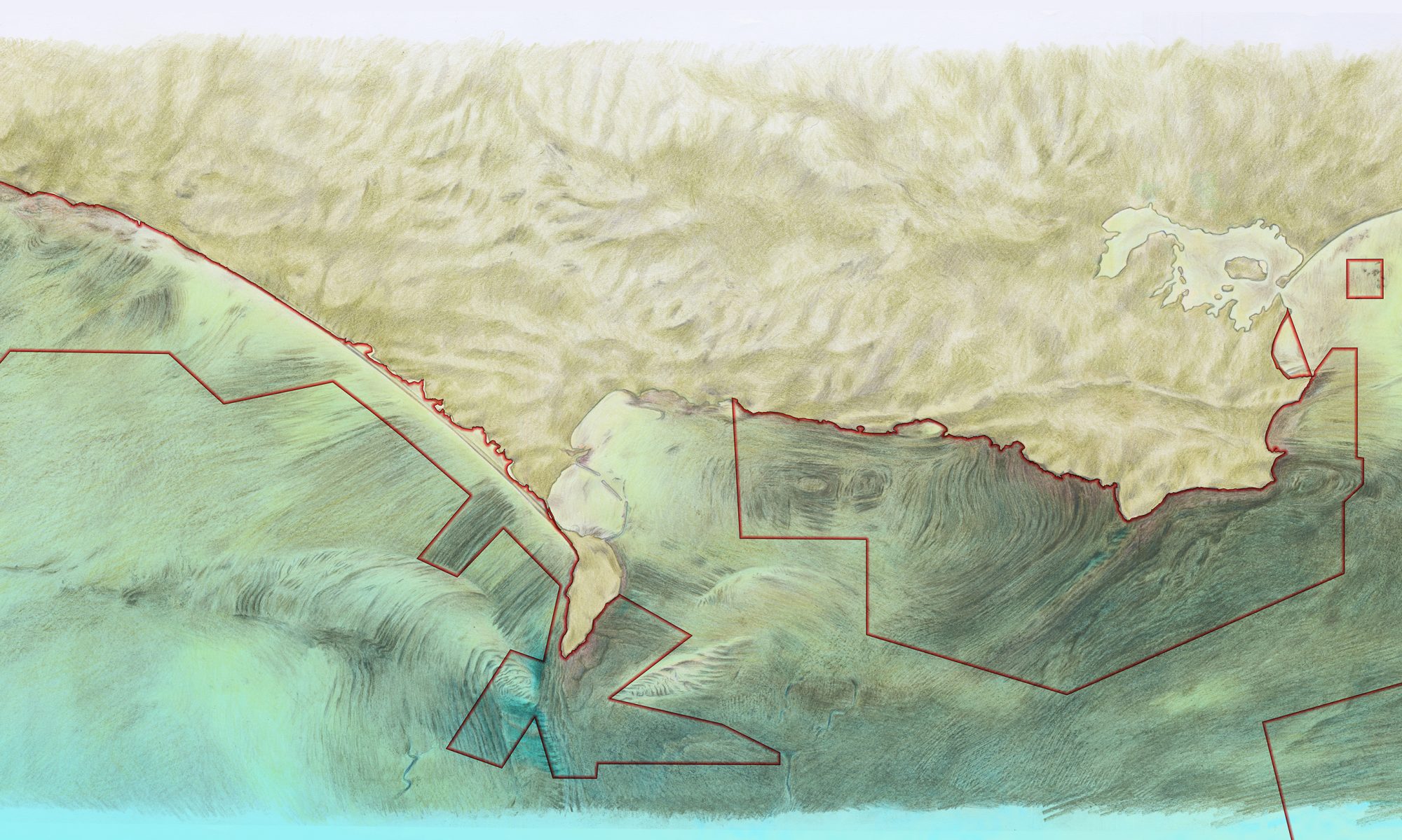Explorers of the Jurassic Coast World Heritage Site will experience stunning panoramic sea views. Lucky sea watchers might glimpse a porpoise or dolphin here and there – a clue that much more lies hidden from view beneath the surface.
Welcome to the website all about the wildlife and people who use Dorset’s Marine Protected Areas (MPAs). Dorset is host to several MPAs, each supporting thriving undersea communities. Corals, sponges, seahorses, black bream, lobsters, rare algae and seagrass are just some of the species living in, on and above a vast array of seabed types like mud, sand, gravel and rocky reefs.
The spectacular scenery and nature mean Dorset’s seas are popular with people from all walks of life – fishermen, anglers, sailors, divers and marine biologists to name a few.
Explore the website to discover the abundant wildlife and natural communities found in Dorset’s seas. Learn about the small-boat fishers who have fished these sites for generations using low-impact methods and working with the seasonal changes across different sites.
Each page has sections detailing how each MPA is used and managed in hope of ensuring the brightest possible future for both people and the environment.
Imagine…
…what would be revealed if the tide went out, and just kept going.
The DORset Integrated Seabed (DORIS) survey allows us to see just that, in incredible detail. This followed painstakingly detailed work to map the seafloor around Dorset.
The DORIS map allows users to explore Dorset’s seabed and many of its hidden geological features. The following pages allow you to delve deeper into the seabed’s hidden gullies, ledges and sandbanks both inside and outside of Dorset’s MPAs.


Well-being
As well as having benefits for wildlife and fisheries where they are well-managed, MPAs can benefit other sea users as well.
A report led by Aberdeen University examined the potential benefits of MPAs on the well-being of anglers and divers who use them.
It found that “…the most important benefits to divers and anglers [from MPAs] were engagement and interaction with nature (including feeling connected, getting to know nature, and appreciating its beauty), transformative values (including memorable experiences) and the sites’ social bonding value… …therapeutic, identity and spiritual values of nature were also important at sites across the UK.” The full report is available HERE.
